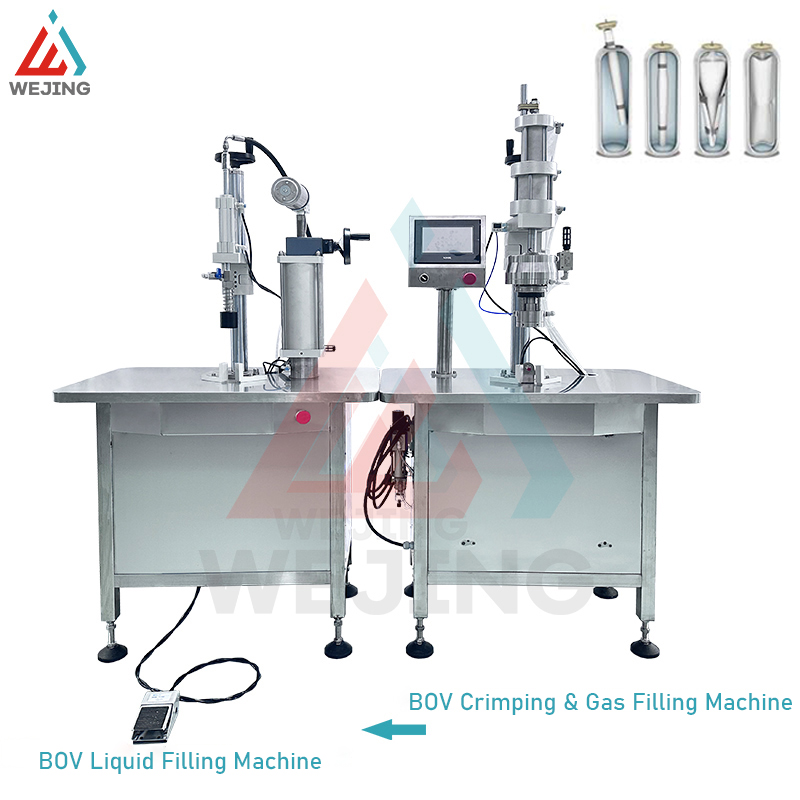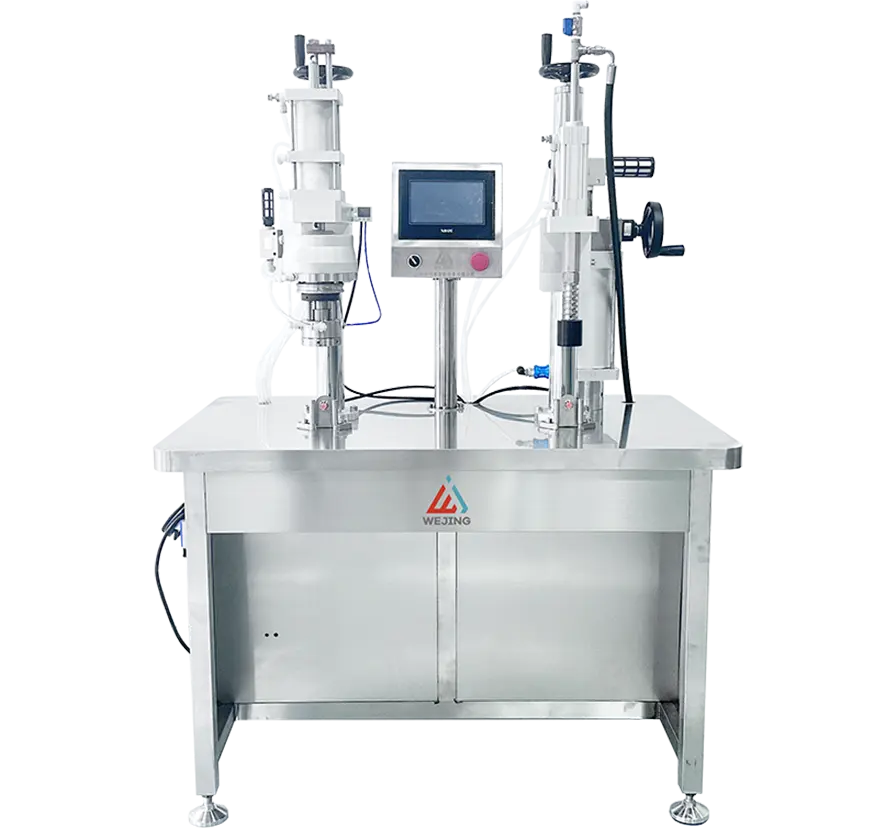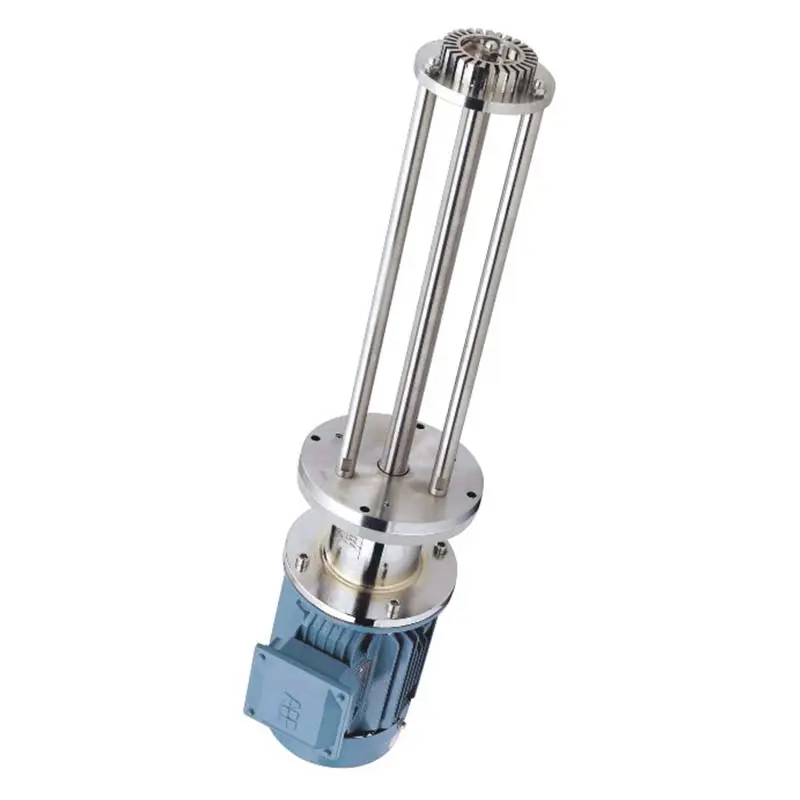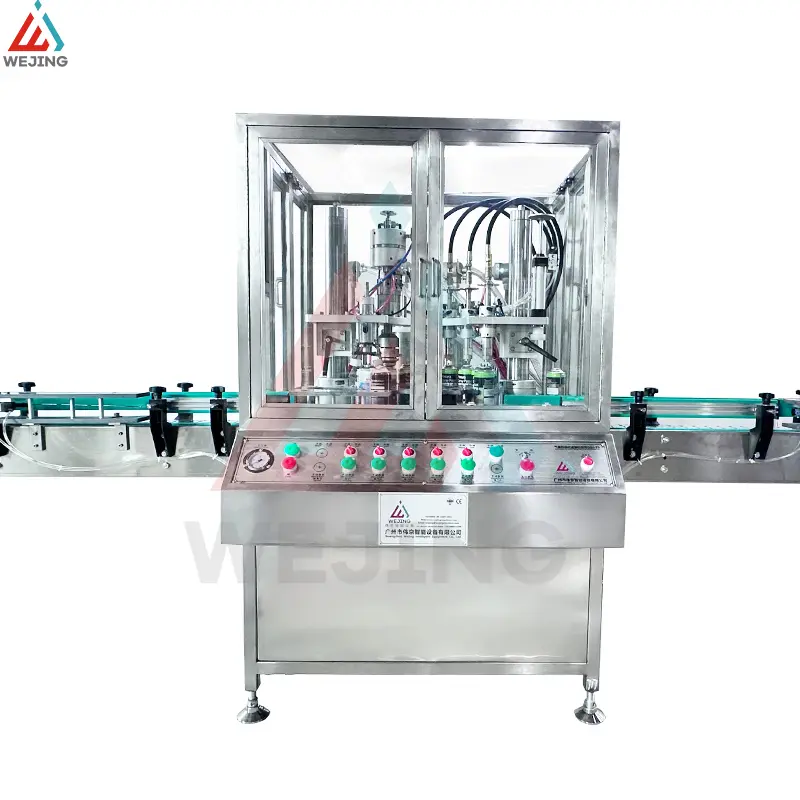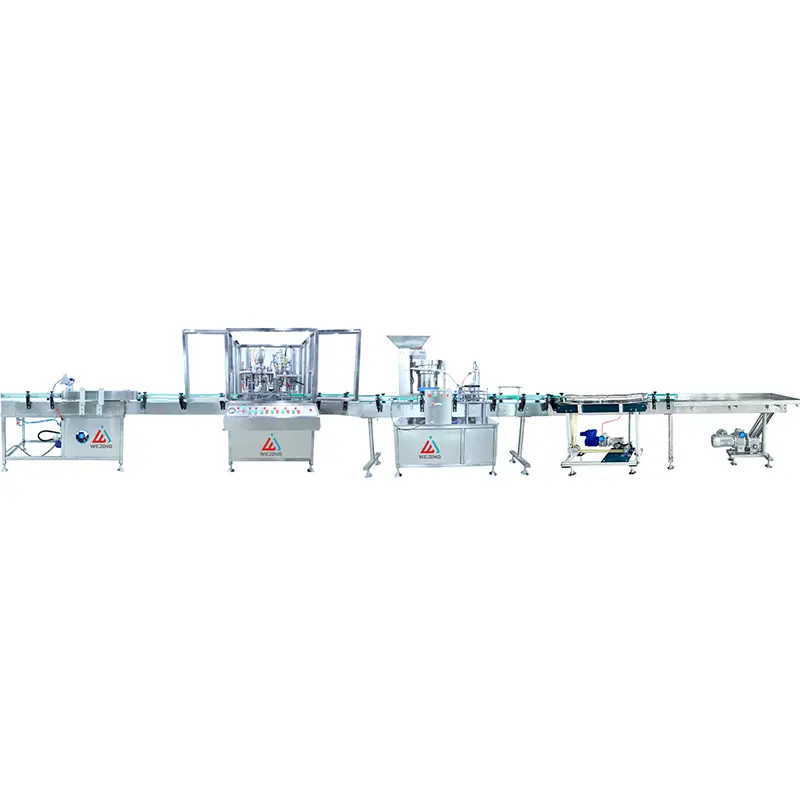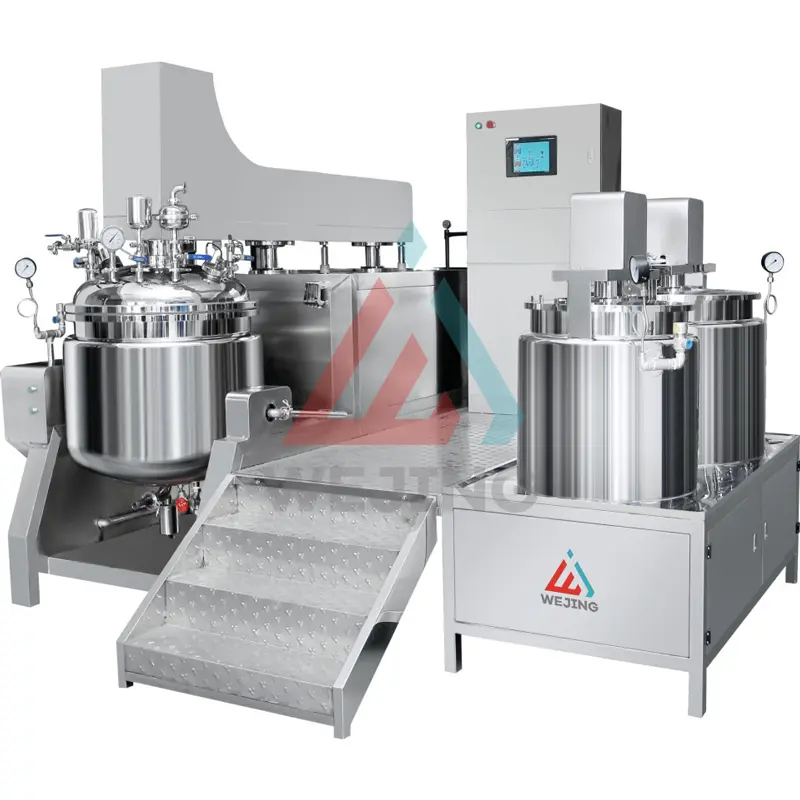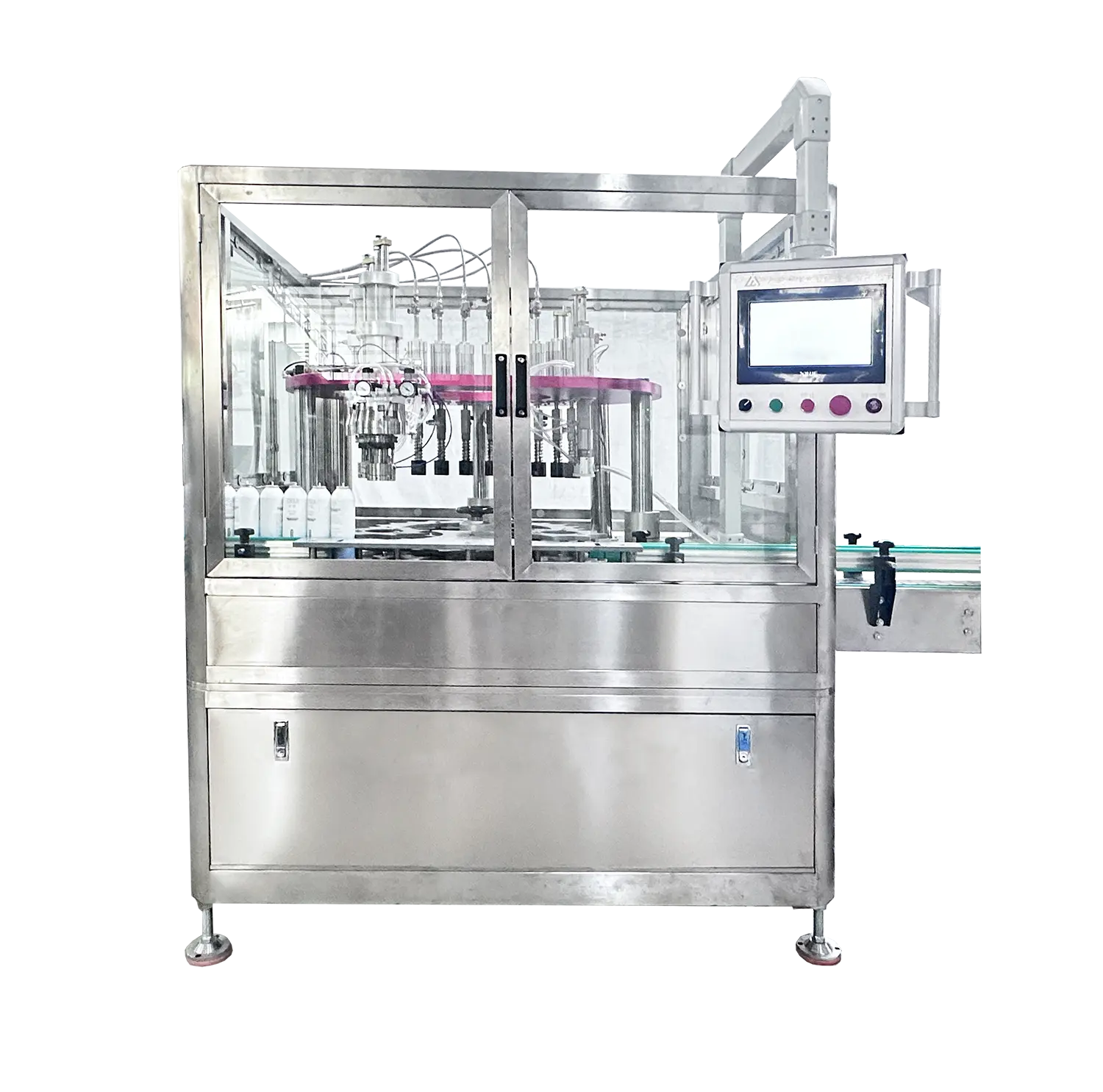News Categories
Featured News
01
Mastering the Art of Choosing a Mixing Machine
2024-12-19
Introduction
In the realm of manufacturing, the search for an ideal mixing solution is crucial. Selecting the appropriate mixing machine is a pivotal decision that significantly influences product quality and operational efficiency. This all-encompassing guide delves into the vital aspects of industrial mixers, spanning from basic operating principles to sophisticated optimization strategies for mixing equipment. Leveraging over 20 years of expertise, we will explore mixer technologies, selection criteria, and maintenance procedures.
Industrial mixing equipment is intricate machinery designed to combine, blend, or homogenize diverse materials into a uniform mixture. It operates through mechanical agitation, generating controlled movement patterns for thorough material combination at different scales. Mixing mechanisms involve primary and secondary flow patterns. Primary flows move materials in circular or vertical paths, while secondary flows create complex turbulence patterns, enhancing mixing efficiency. During operation, the mixture undergoes distinct phases: dispersion (initial breakdown of materials), distribution (spreading of components throughout the volume), and homogenization (achieving a uniform consistency).
Functions within the Manufacturing Process
Material transformation occurs via the transfer of mechanical energy from mixer components to the processed materials. The mixing action induces physical changes in material properties, such as particle size reduction, density modification, and texture development. Process integration allows mixing machines to perform multiple functions simultaneously. Modern units can incorporate heating, cooling, vacuum processing, and real-time monitoring systems, optimizing production efficiency while maintaining strict quality control. Production scalability depends on mixer design specifications, with industrial mixing equipment ranging from laboratory-scale to large-scale production systems. Each scale demands specific consideration of mixing dynamics, power requirements, and process control parameters to ensure consistent product quality.
What Constitutes a Mixing Machine?
Industrial mixing equipment is intricate machinery designed to combine, blend, or homogenize diverse materials into a uniform mixture. It operates through mechanical agitation, generating controlled movement patterns for thorough material combination at different scales. Mixing mechanisms involve primary and secondary flow patterns. Primary flows move materials in circular or vertical paths, while secondary flows create complex turbulence patterns, enhancing mixing efficiency. During operation, the mixture undergoes distinct phases: dispersion (initial breakdown of materials), distribution (spreading of components throughout the volume), and homogenization (achieving a uniform consistency).
Types of Industrial Mixers
- Ribbon blenders: These feature helical ribbons rotating within a U-shaped trough, perfect for blending free-flowing dry materials and powders. The ribbon configuration ensures both axial and radial mixing actions, guaranteeing comprehensive product movement in the mixing chamber.
- High shear mixers: Employing specially designed rotor - stator technology, they generate intense mechanical and hydraulic shear forces. These forces break down solid agglomerates and create uniform dispersions or emulsions, highly effective in liquid - solid mixing applications.
- Paddle mixers: Utilize paddles mounted on a horizontal shaft, providing a gentle yet thorough blending action. The paddle configuration can be customized with various designs to optimize mixing performance for specific materials.
Functions within the Manufacturing Process
Material transformation occurs via the transfer of mechanical energy from mixer components to the processed materials. The mixing action induces physical changes in material properties, such as particle size reduction, density modification, and texture development. Process integration allows mixing machines to perform multiple functions simultaneously. Modern units can incorporate heating, cooling, vacuum processing, and real-time monitoring systems, optimizing production efficiency while maintaining strict quality control. Production scalability depends on mixer design specifications, with industrial mixing equipment ranging from laboratory-scale to large-scale production systems. Each scale demands specific consideration of mixing dynamics, power requirements, and process control parameters to ensure consistent product quality.
How Industrial Mixing Operates
- Operating Mixing Equipment: Control parameters regulate mixing effectiveness. Agitation speeds between 100 - 1750 RPM generate specific shear forces, and programmed mixing times of 15 - 45 minutes ensure proper homogenization. Automated systems maintain speed accuracy within ±0.5% of the setpoint. Power consumption indicates mixing progress, with initial peaks during material addition and a reduction to a steady state. Monitoring systems track power curves and trigger alerts for significant variations. Temperature management maintains thermal stability through jacketed vessels, with cooling systems removing heat and dual PT100 sensors providing precise temperature monitoring.
- Principles of Material Blending: Shear forces break down agglomerates via high-speed rotation. Flow patterns ensure complete material distribution, and particle interaction determines mixture stability at a microscopic level.
- Steps in the Mixing Process: The material charging sequence is crucial for mixing success. Different materials may require distinct charging strategies, and handling ratios must be precisely controlled. The mixing process involves phase transitions, from initial dispersion to final intensive mixing, with quality verification methods providing real-time feedback on the mixture's development.
The Significance of Appropriate Mixing Equipment
- Enhancing Production Efficiency: Batch cycle optimization reduces processing times, and energy utilization improves through intelligent power management.
- Impact on Product Quality: Mixture uniformity is crucial, with high-efficiency impellers creating controlled flow patterns to meet strict standards.
- Benefits of Advanced Mixers: Process integration combines multiple operations, and data analytics enables predictive maintenance.
Mixing Technologies in Use
- Comparing Mixer Designs: Planetary mixers have a unique dual-axis rotation system, effective for high-viscosity materials. Double cone mixers operate through a tumbling action, creating gentle blends. Continuous mixers facilitate uninterrupted production.
- Features of Mixing Systems: Automation controls enhance precision, cleaning mechanisms ensure efficient sanitization, and safety interlocks protect equipment and operators.
- Components of Mixing Units: Agitation elements optimize mixing, shaft seals ensure containment, and drive systems deliver precise power control.
Selecting the Right Mixing Machine
- Evaluating Mixer Performance: Mixing efficiency is demonstrated through measurable indicators, energy consumption is quantified, and production capacity is calculated precisely.
- Specifications for Selection: Vessel design, drive configuration, and control systems have specific requirements.
- Requirements of Application: Material properties, process parameters, and quality standards dictate the choice of mixing machine.
Maintenance for Mixing Equipment
- Performing Routine Checks: Daily inspections focus on critical components, and lubrication monitoring ensures optimal performance.
- Parts and Wear Management: Regular assessment of impeller condition and seal integrity is necessary.
- Cycles of Maintenance: Preventive schedules for drive belts, gearbox oil changes, and bearing replacement are followed.
Optimizing Mixing Operations
- Controlling Mixing Parameters: Speed profiling, temperature regulation, and fill level optimization enhance mixing effectiveness.
- Methods for Efficiency: Ingredient sequencing and process automation improve efficiency.
- Standards for Results: Quality metrics define acceptance criteria, and documentation protocols ensure compliance.
FAQs
Q: What aspects should be focused on when picking a mixing machine for my manufacturing process?
A: The production scale, nature of substances, mixing duration, and final product specs play a crucial role. Also, energy usage, upkeep necessities, and return on investment calculations influence the ultimate choice.
A: The production scale, nature of substances, mixing duration, and final product specs play a crucial role. Also, energy usage, upkeep necessities, and return on investment calculations influence the ultimate choice.
Q: How can I figure out the suitable mixing capacity according to my production demands?
A: Take into account the batch quantity needed, the time for each cycle, and the daily output goals. Additionally, reserve a 20 - 30% extra capacity to accommodate future expansion and fluctuating demand situations.
A: Take into account the batch quantity needed, the time for each cycle, and the daily output goals. Additionally, reserve a 20 - 30% extra capacity to accommodate future expansion and fluctuating demand situations.
Q: Is batch mixing or continuous mixing a more preferable option?
A: Batch mixing allows for accurate control and verification of each batch, while continuous mixing enables greater output. The choice hinges on production volume, how often the process changes, and the standards of quality control.
A: Batch mixing allows for accurate control and verification of each batch, while continuous mixing enables greater output. The choice hinges on production volume, how often the process changes, and the standards of quality control.
Q: What safety certifications are essential for industrial mixing machinery?
A: It should possess CE marking, ATEX certification for hazardous environments, and FDA compliance for food and pharmaceutical uses. Also, local safety regulations and industry-specific norms need to be met.
A: It should possess CE marking, ATEX certification for hazardous environments, and FDA compliance for food and pharmaceutical uses. Also, local safety regulations and industry-specific norms need to be met.
Q: What measures can be taken to guarantee consistent mixture quality among different batch sizes?
A: Utilize scale-up computations based on similar geometry, maintain consistent power-to-volume ratios, and apply verified mixing parameters to ensure product homogeneity across various batch sizes.
A: Utilize scale-up computations based on similar geometry, maintain consistent power-to-volume ratios, and apply verified mixing parameters to ensure product homogeneity across various batch sizes.
Q: What kind of maintenance plan should be adopted to achieve the best mixer performance?
A: Conduct daily examinations, weekly checks on seals, monthly lubrication of bearings, and quarterly maintenance of gears. Key parts should be replaced as per the manufacturer's recommended intervals.
A: Conduct daily examinations, weekly checks on seals, monthly lubrication of bearings, and quarterly maintenance of gears. Key parts should be replaced as per the manufacturer's recommended intervals.
Q: How to address typical mixing problems such as inactive areas or inconsistent products?
A: Examine the impeller's rotational speed, the arrangement of baffles, and the sequence of material loading. Also, keep an eye on power consumption trends and temperature changes to determine the underlying issues.
A: Examine the impeller's rotational speed, the arrangement of baffles, and the sequence of material loading. Also, keep an eye on power consumption trends and temperature changes to determine the underlying issues.
Q: What energy-saving features should be taken into account when choosing a mixer?
A: Consider variable frequency drive controls, high-efficiency motors (IE3/IE4), well-designed impellers, and intelligent power management systems that can cut energy use by 30 - 40%.
A: Consider variable frequency drive controls, high-efficiency motors (IE3/IE4), well-designed impellers, and intelligent power management systems that can cut energy use by 30 - 40%.
Q: Can automation controls be added to my current mixer?
A: Contemporary programmable logic controller systems and sensors can enhance existing equipment for automated operation. Compatibility evaluation and return on investment analysis assist in making retrofit decisions.
A: Contemporary programmable logic controller systems and sensors can enhance existing equipment for automated operation. Compatibility evaluation and return on investment analysis assist in making retrofit decisions.
Q: What recent developments in mixing technology are worthy of attention?
A: The integration of Industry 4.0, the ability of predictive maintenance, advanced cleaning mechanisms, and energy-efficient designs are the current technological trends in mixing equipment.
A: The integration of Industry 4.0, the ability of predictive maintenance, advanced cleaning mechanisms, and energy-efficient designs are the current technological trends in mixing equipment.






